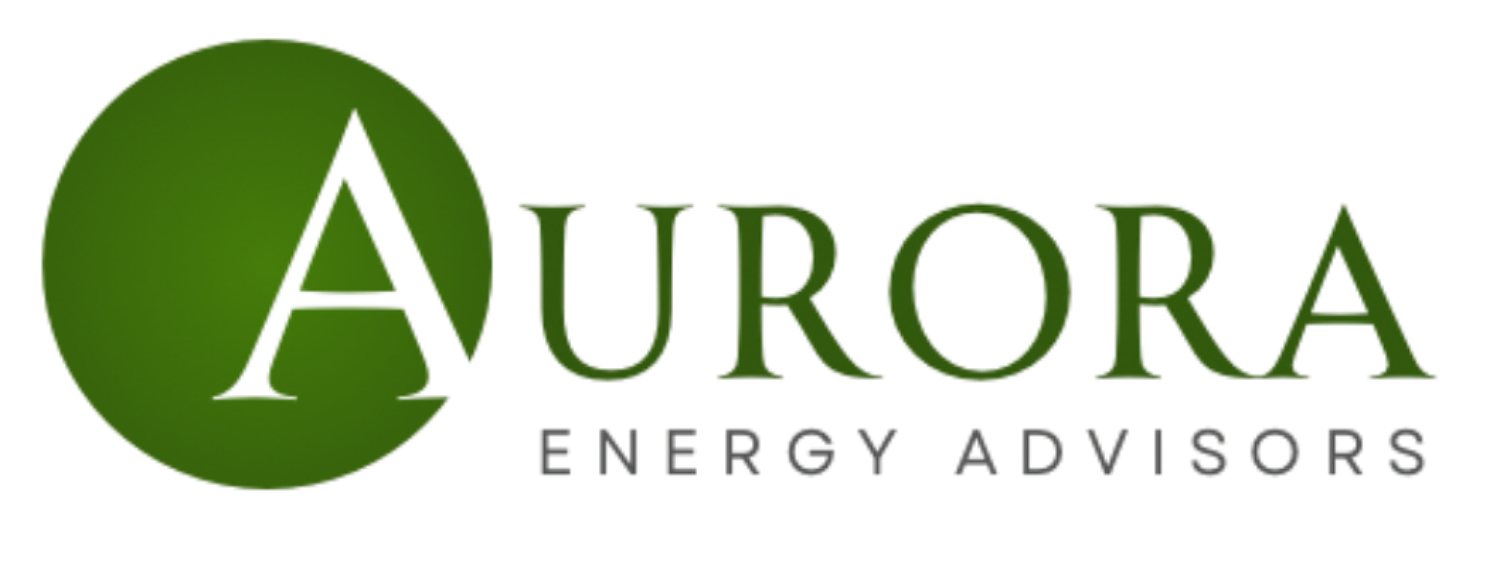CY2024 Benchmarking Trends
With the May 1 benchmarking deadline fast approaching, it’s a good time to reflect on what we learned from the previous benchmarking cycle. Each year, energy and water data submitted under Local Law 84 (LL84) provides a detailed picture of how New York City’s building stock is performing — and where improvements are being made.
For calendar year 2024, early benchmarking results indicate continued progress in overall energy efficiency, with median ENERGY STAR scores improving across most property types. Multifamily buildings, office spaces, and mixed-use properties all showed incremental gains, driven by both technology adoption and behavioral shifts in energy management.
That said, the data also shows widening gaps between top-performing and lagging properties. Buildings that have implemented energy efficiency retrofits, boiler controls, and lighting upgrades are seeing measurable reductions in consumption and emissions. Meanwhile, older buildings with deferred maintenance or incomplete metering remain at risk of falling behind, especially as Local Law 97 (LL97) enforcement ramps up.
Benchmarking Insights
The median site energy use intensity (EUI) decreased slightly from the previous cycle, signaling continued efficiency improvements across NYC’s benchmarked portfolio.
Electricity use declined modestly year-over-year, while natural gas consumption increased marginally due to colder winter months in early 2024.
Buildings using ENERGY STAR Portfolio Manager’s automated utility data connections achieved significantly higher submission accuracy rates and fewer data errors.
Many properties that performed retro-commissioning in conjunction with Local Law 87 (LL87) saw corresponding improvements in ENERGY STAR scores.
These trends emphasize the value of using benchmarking data not just for compliance, but as a diagnostic tool to identify inefficiencies and track performance over time.
Preparing for 2025 Submissions
If your building has not yet begun its LL84 benchmarking process for May 1, 2025, now is the time to ensure:
All utility accounts (electricity, gas, and water) are correctly connected to Portfolio Manager,
Your Gross Floor Area (GFA) and space type classifications are accurate, and
You’ve reviewed your prior year submission for any data inconsistencies.
Aurora Energy Advisors manages the benchmarking process for thousands of buildings across the city and can assist with validation, troubleshooting, and submission to ensure your report is timely and compliant.
Market Analysis
Electricity
NYISO Zone J prices remained favorable in March, averaging $0.03 to $0.04 per kWh. Mild weather, ample natural gas supply, and steady grid conditions have kept costs lower than historical norms heading into spring.
Natural Gas
Natural gas futures averaged around $1.90 per MMBtu, near multi-year lows. With inventories well above the five-year average, analysts expect stable pricing through early summer unless unexpected heat waves emerge.
Crude Oil
Crude oil traded between $77 and $82 per barrel in March. Prices were buoyed by OPEC+ output discipline and modest signs of global demand recovery heading into Q2.
💡 Mitchell’s Tip: Use your benchmarking data strategically — the insights you gather today can guide smarter efficiency and compliance decisions tomorrow.
